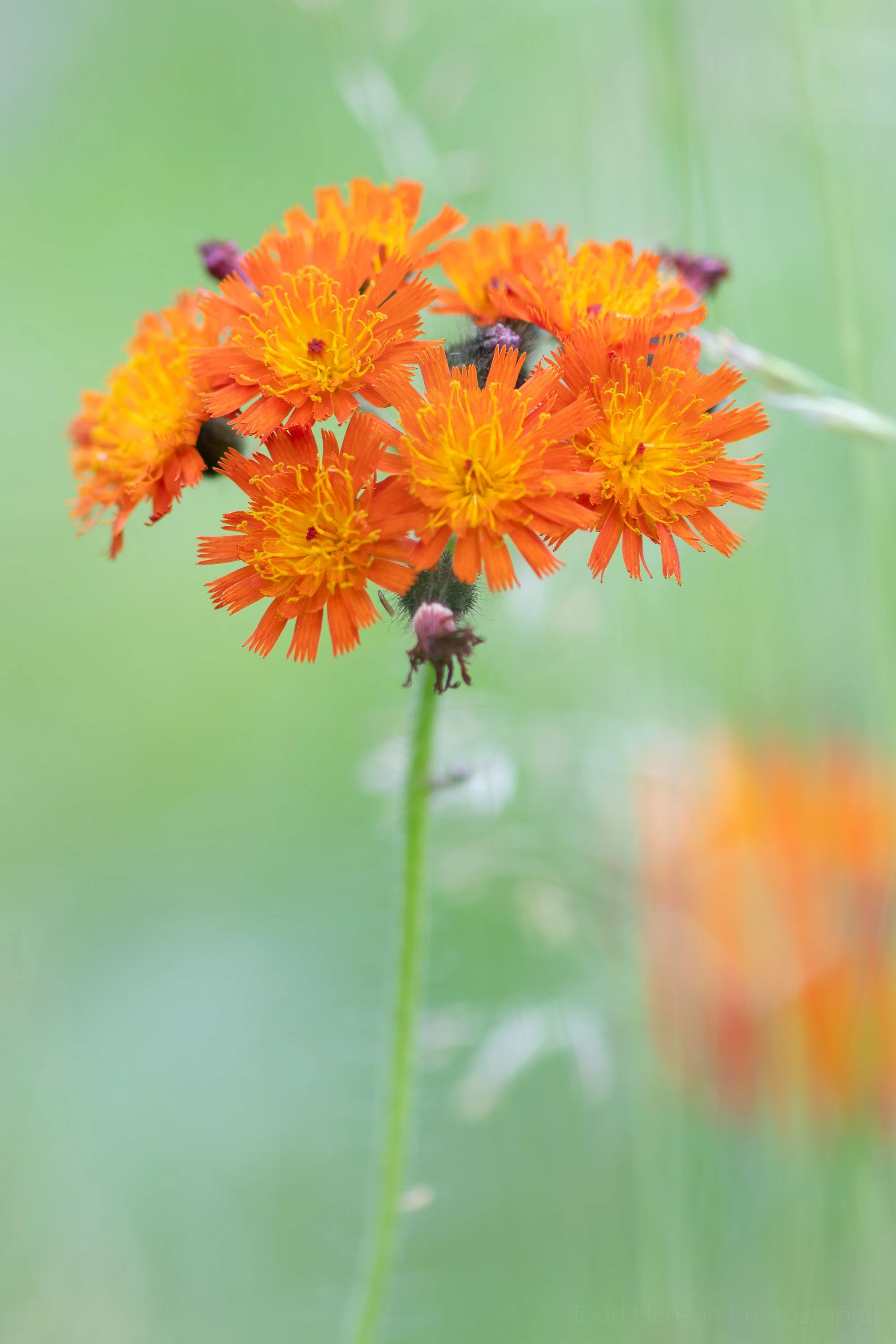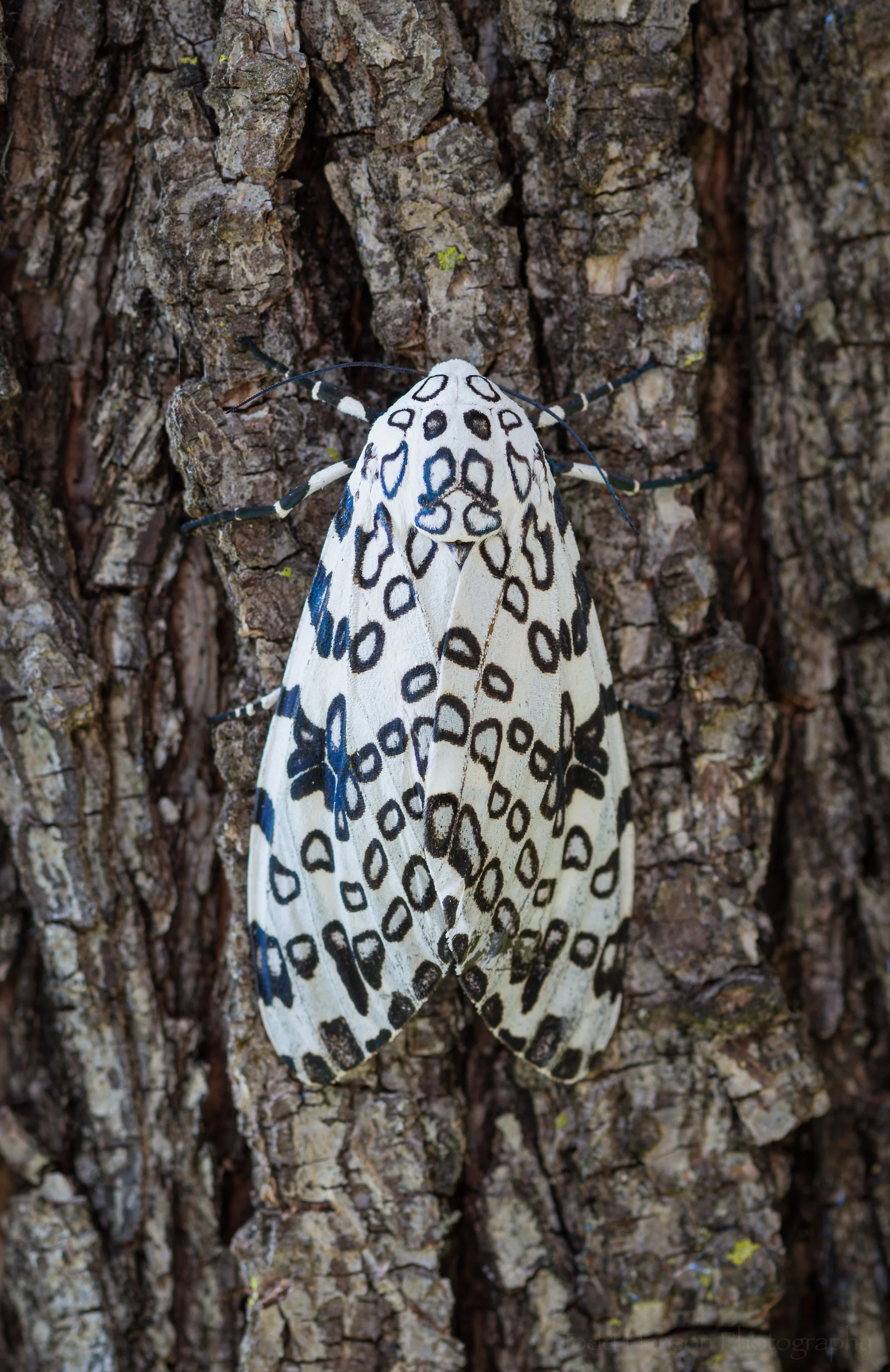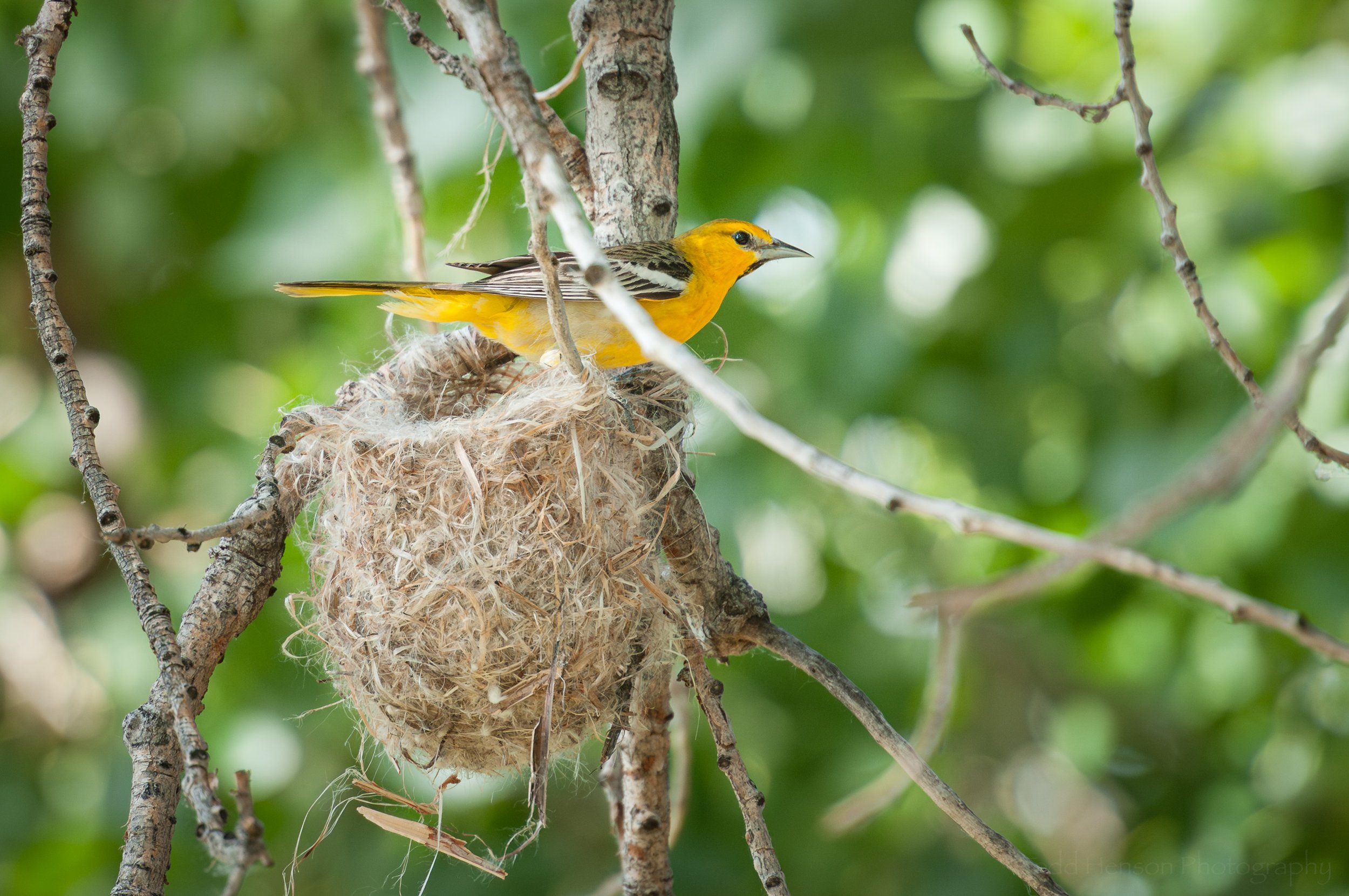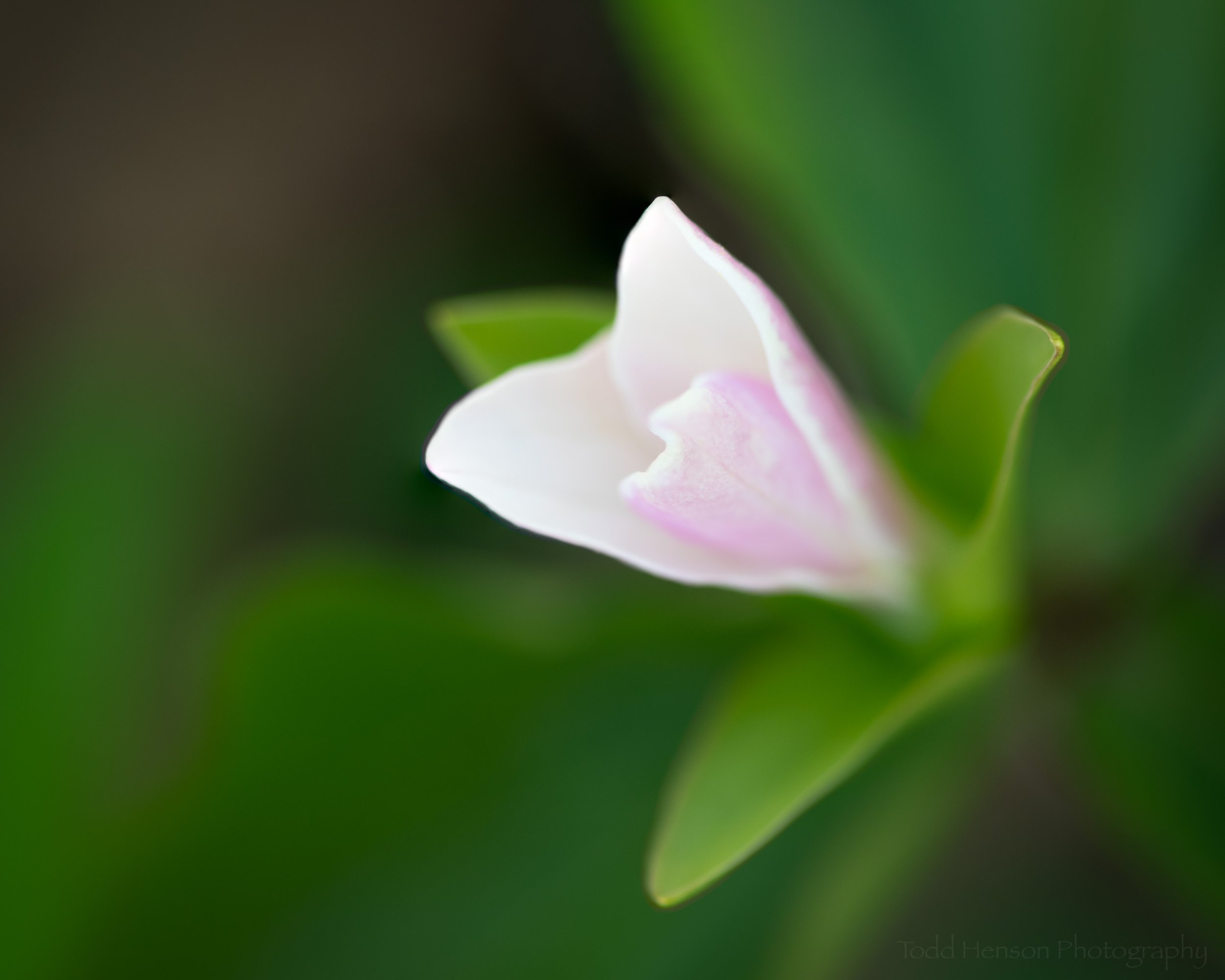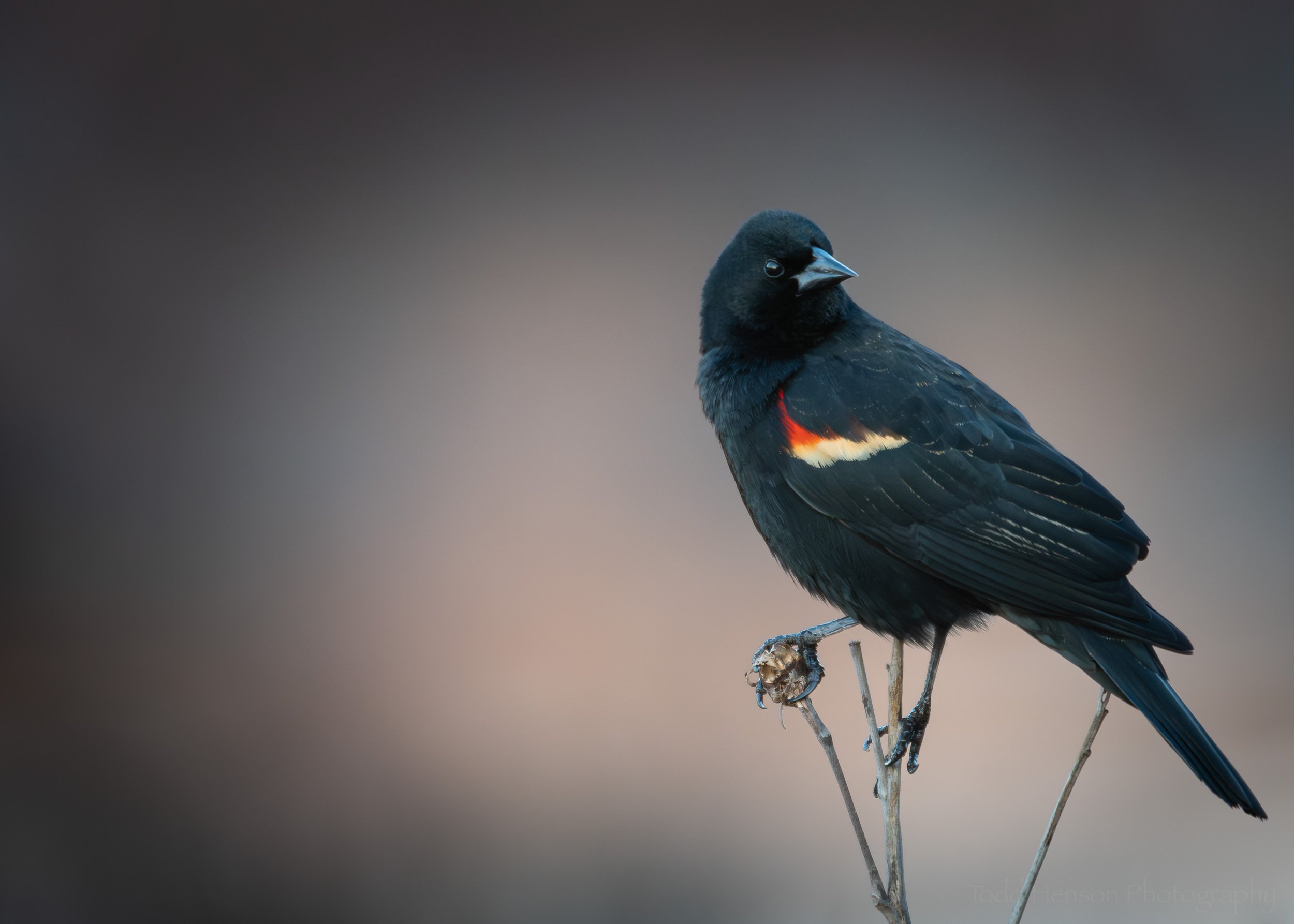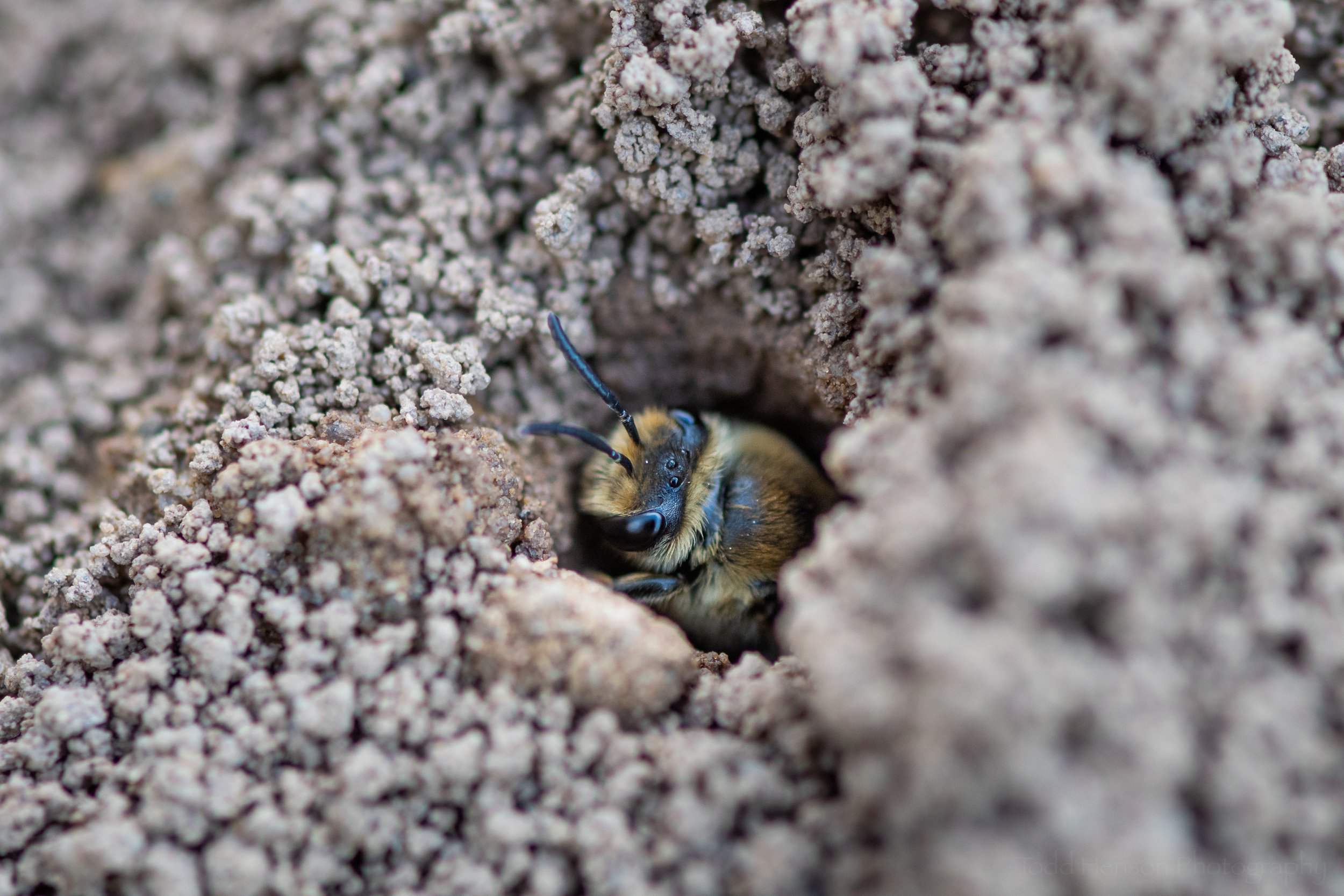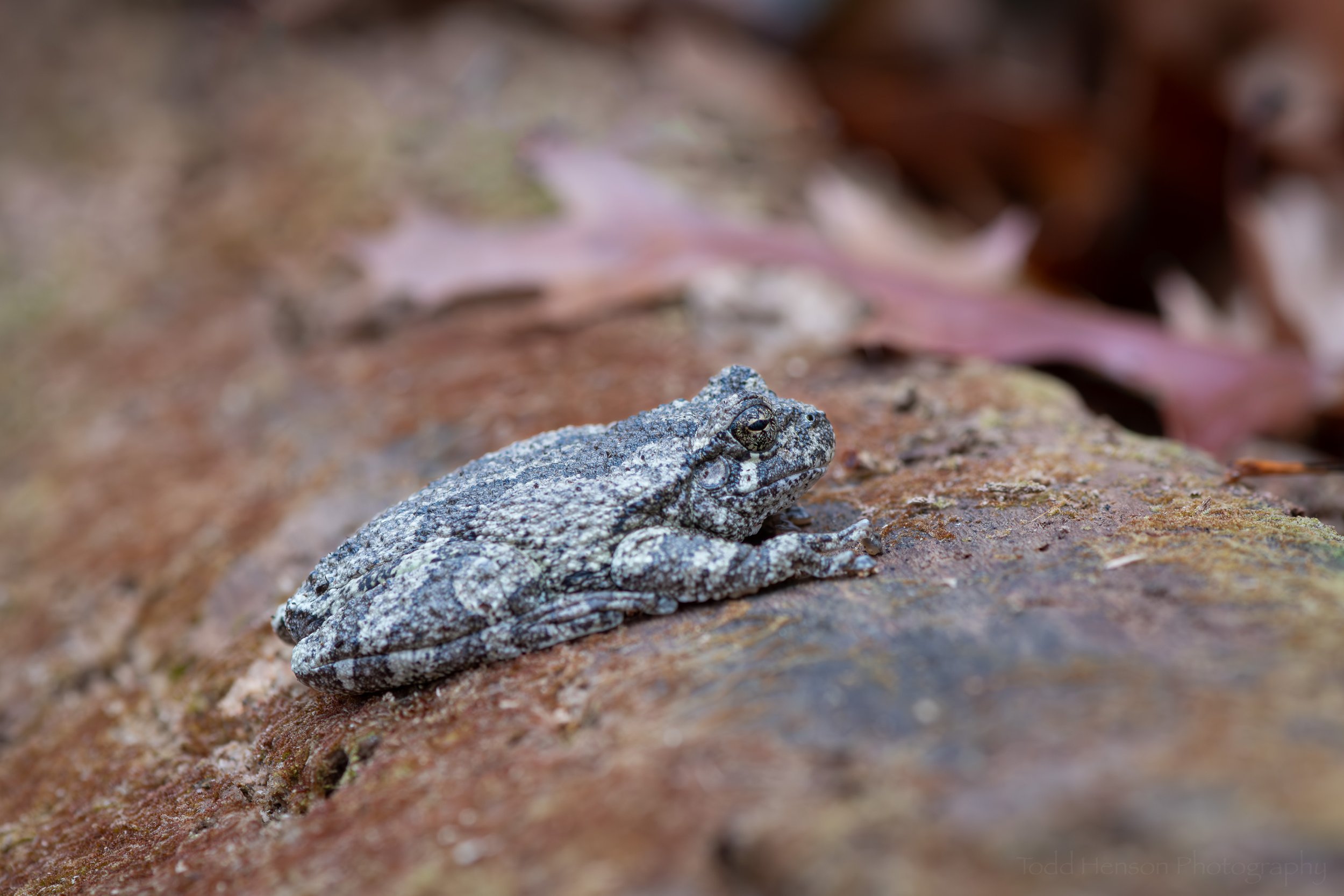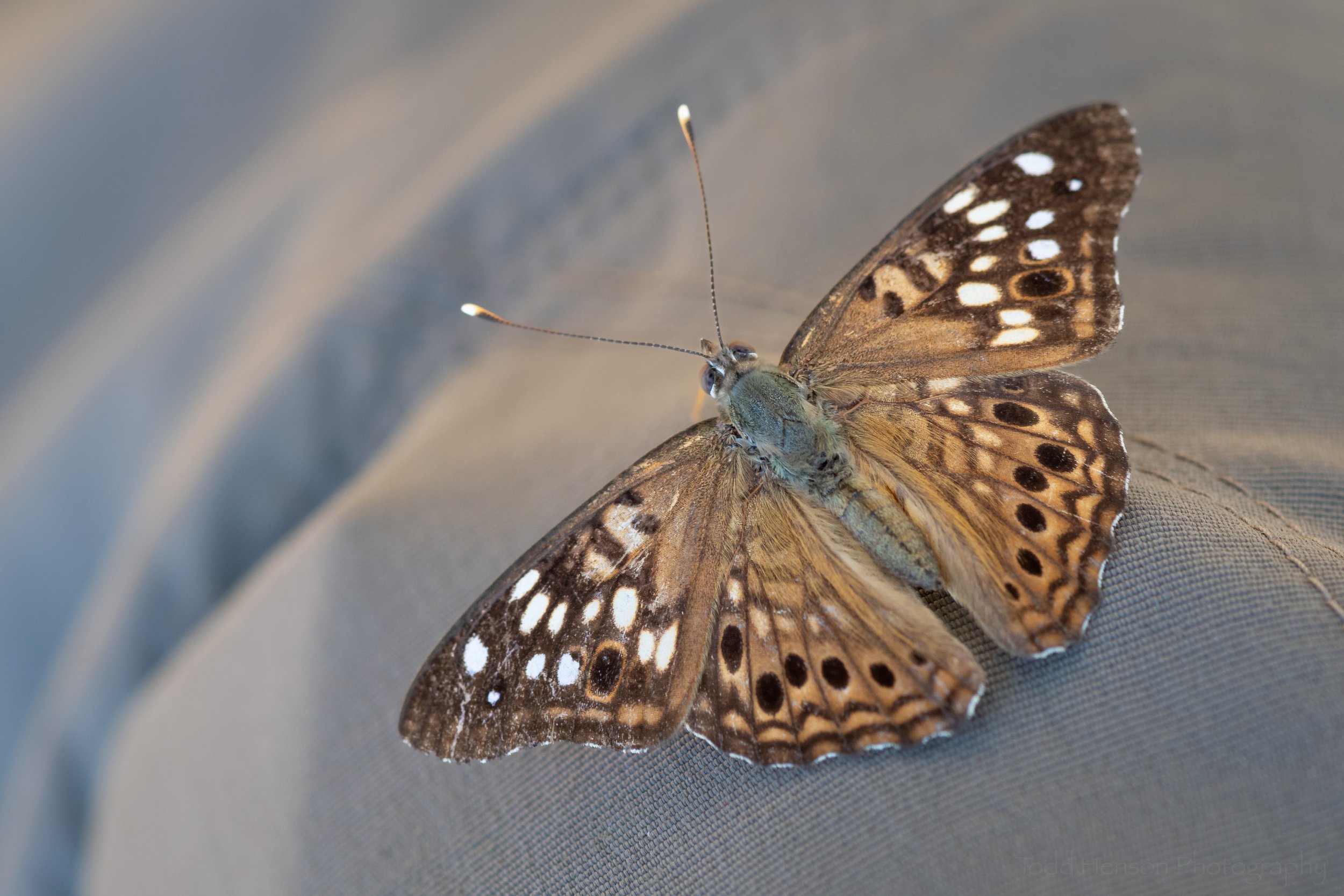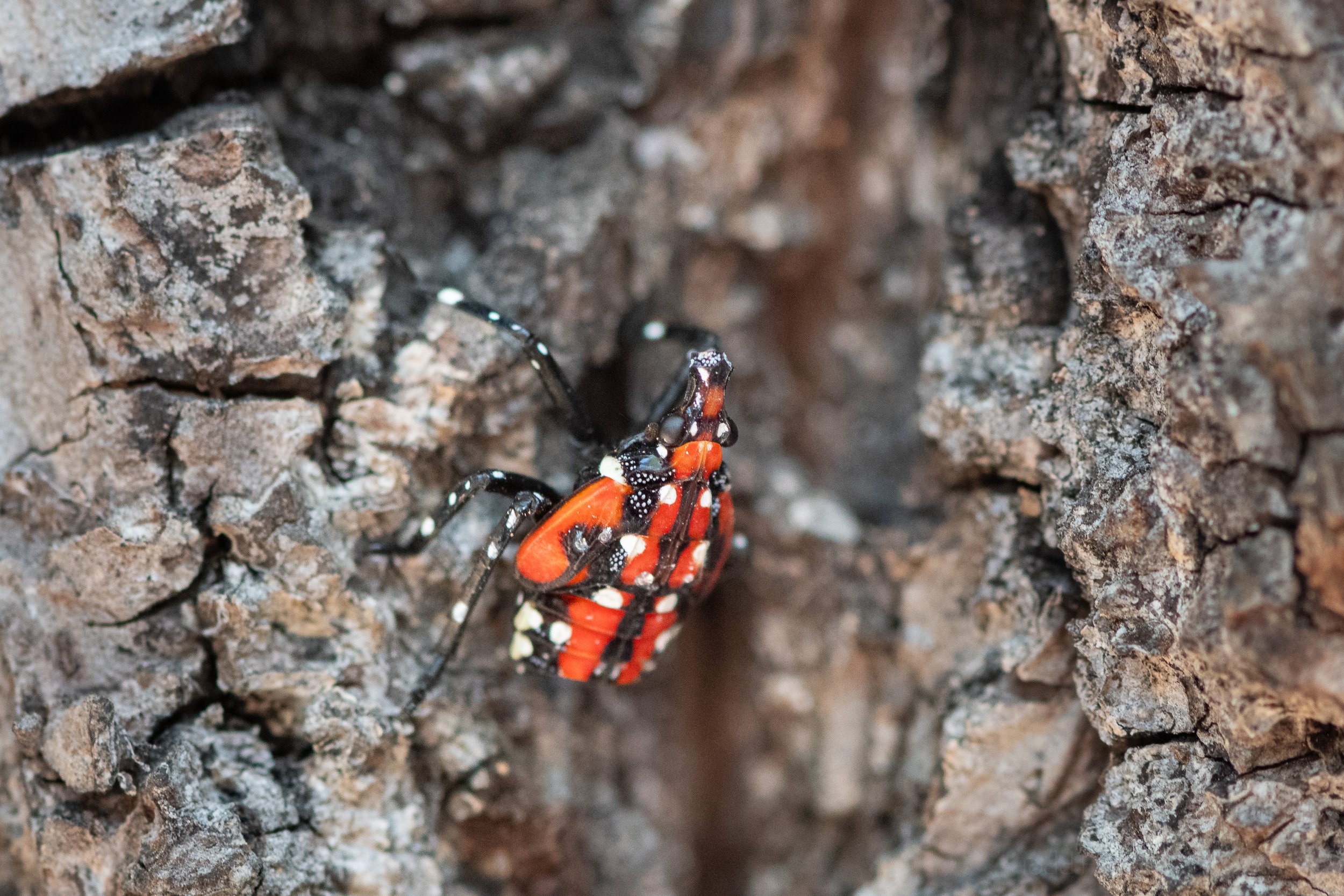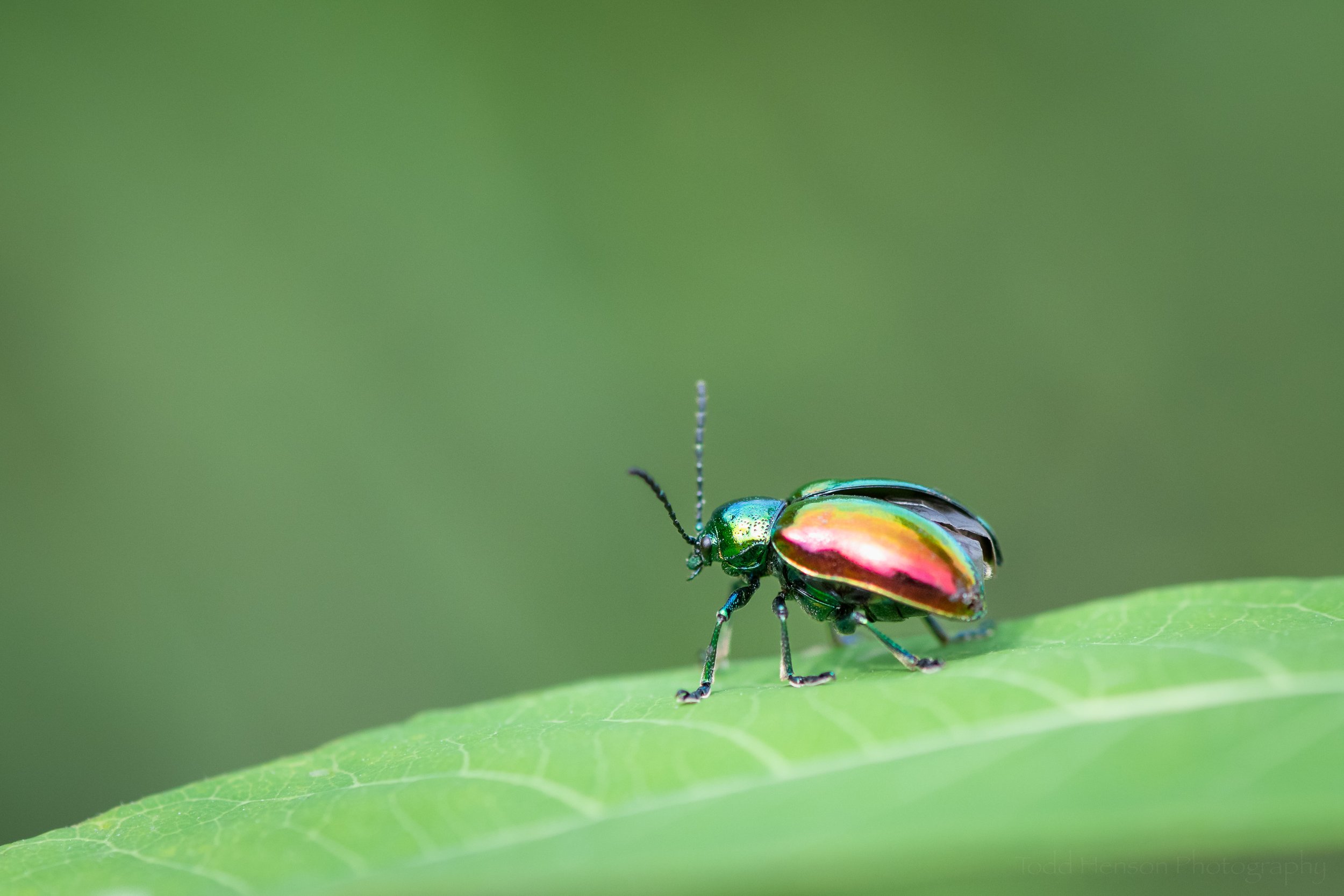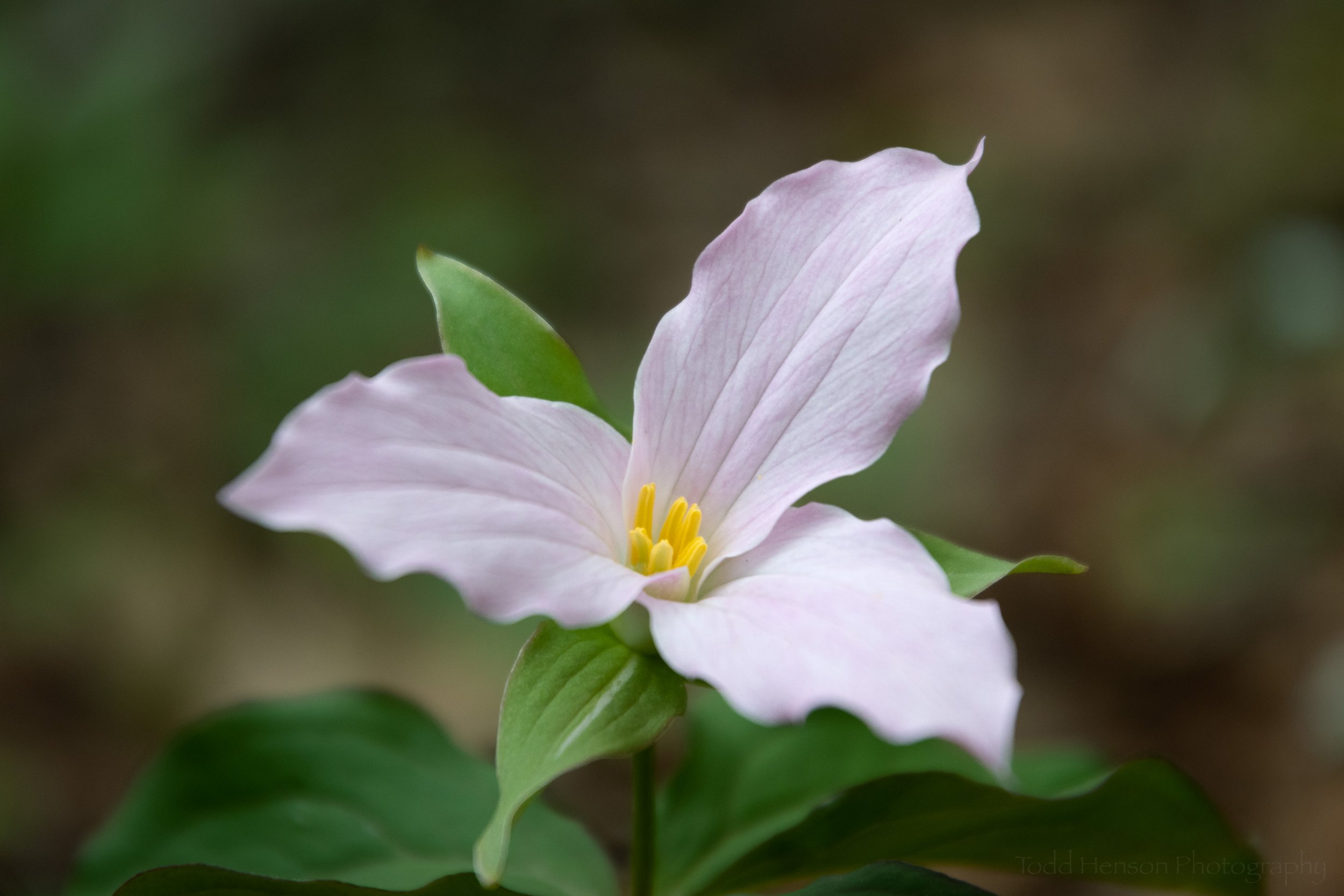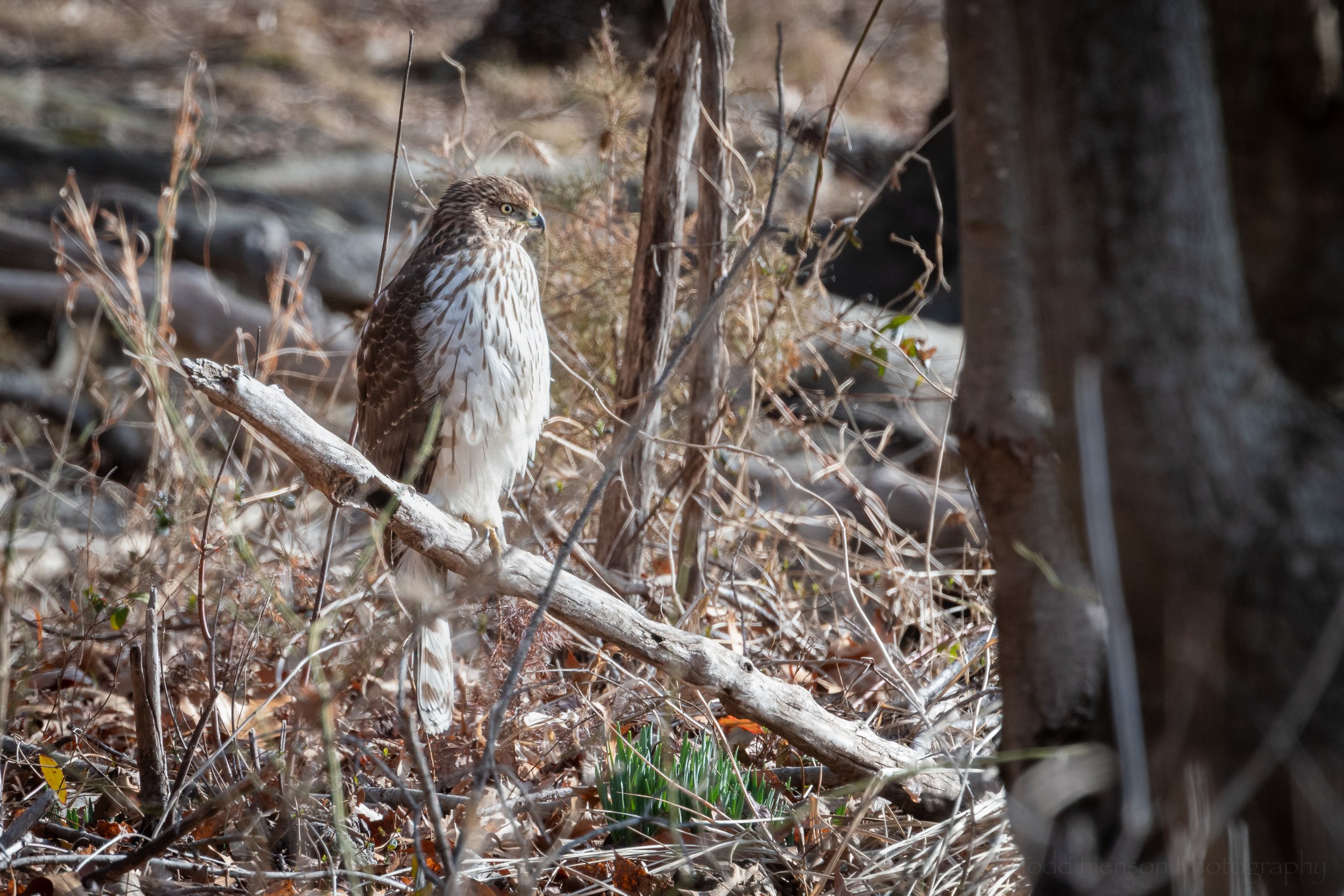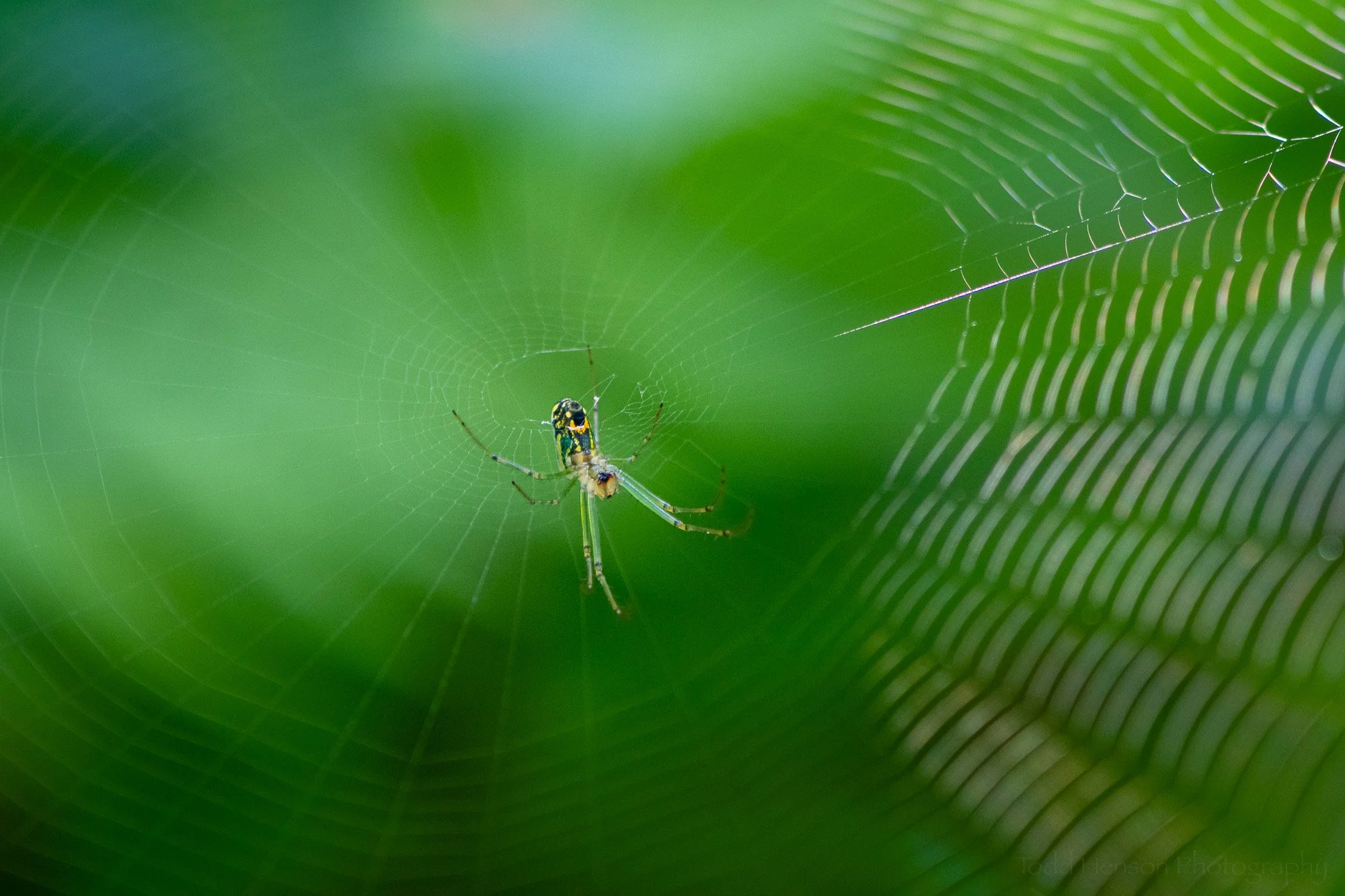A broad-headed sharpshooter (Oncometopia orbona) resting on a leaf
Today we take a brief look at a very interesting looking insect, one that’s not uncommon but that many of us may not have seen before. This is a broad-headed sharpshooter (Oncometopia orbona), a type of sharpshooter and in the family of leafhoppers. As you may be able to tell from the names these insects are able to hop or shoot quickly away from a plant. They also typically feed on plants, essentially drinking liquid from them. Unfortunately, this particular species is also known to carry a bacterium that causes disease in grapevines in some regions.
This particular sharpshooter was photographed at the end of July, 2021, at Blandy Experimental Farm, the State Arboretum of Virginia, a fantastic location for lovers of plants and all the things you can find around plants. There were large fields of plants and that’s where I happened to notice the interesting coloration and patterns of this insect.
Cropped in to get you a little closer to the broad-headed sharpshooter
Look closely and you may notice an interesting feature of this specific insect. I believe this is a female broad-headed sharpshooter. How can I tell? The females can sometimes be seen with white milky or waxy patches on the sides of their wings. The patches are called brachysomes and contain proteins they’ll scrape onto their eggs to help protect them from drying out and from some predators. I think the small patches of white on the wings and the rear legs of this sharpshooter might be the remains of this substance, so she may have recently laid some eggs somewhere.
In the past I’ve shared photos of another sharpshooter, a Versute sharpshooter on the leaves of an hibiscus.
Have you seen one of these broad-headed sharpshooters before? And if so, where did you find it?
Do you enjoy these posts?
Sign up to receive periodic emails with updates and thoughts. Don’t worry, I won’t spam you. And please consider purchasing artwork or products from my online store, and using my affiliate links in the sidebar to the right when shopping online.
I appreciate your support!
